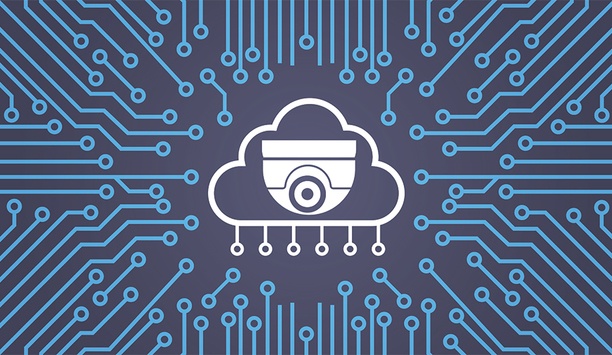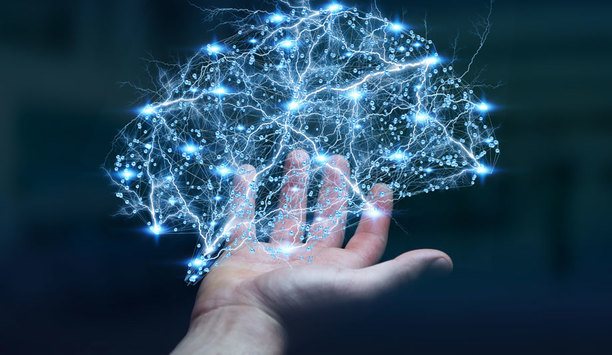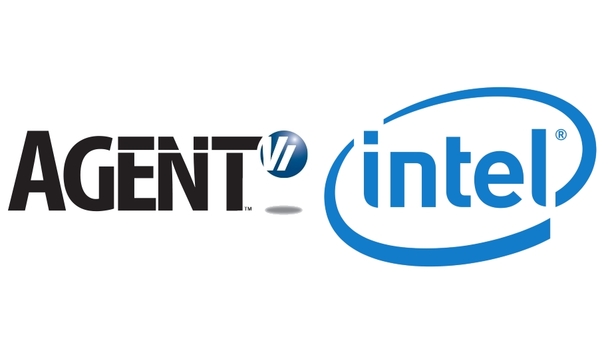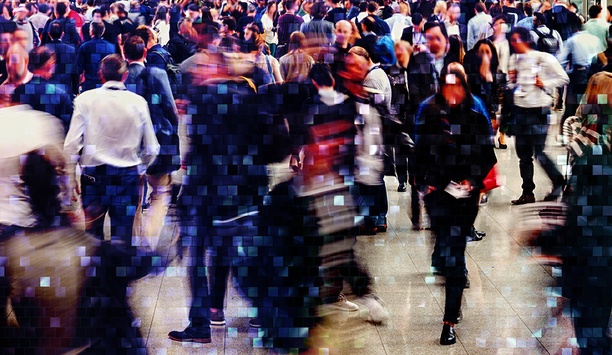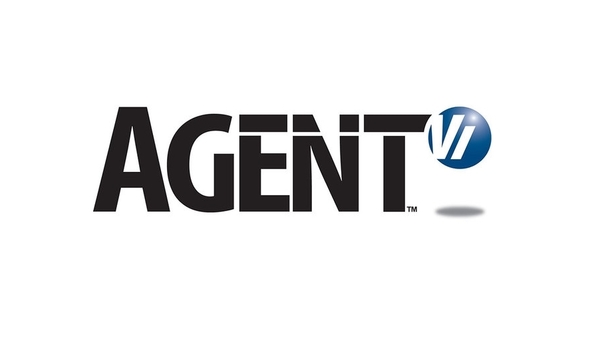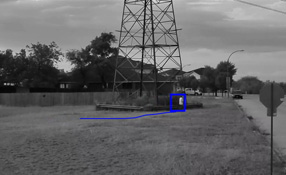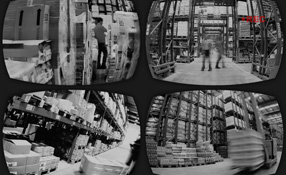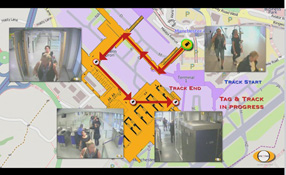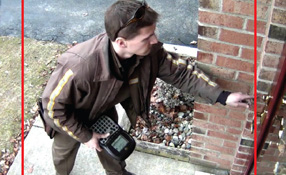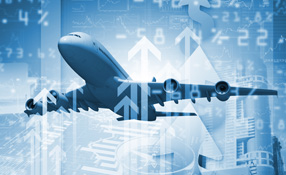Zvika Ashani

Zvika Ashani
Chief Technology Officer, Agent Vi (Agent Video Intelligence)Zvika Ashani co-founded Agent Vi in 2003, bringing over a decade of technology excellence in the fields of image processing and understanding, video compression, networking infrastructure, server technologies and architectural design. Prior to establishing Agent Vi, Zvika spent four years at Tidex as Vice President of R&D, responsible for the development and delivery of real-time 3-Dimensional video technologies serving the entertainment market. Prior to Tidex, Zvika was a development manager at IES industries, where he spearheaded and led the development of an interactive digital video-based simulator for the law enforcement market. Zvika holds a B.Sc. in Electrical Engineering from Tel Aviv University, and an M.Sc. in Electrical Engineering from Haifa Technion.
Articles by Zvika Ashani
2017 witnessed a continued decline in the cost of cameras. While this creates a challenge for camera companies, it creates two clear opportunities: (1) Product differentiation now relies more heavily...
A tipping point is defined as: “The point at which a series of changes becomes significant enough to cause a larger, more important change”. In the same way that IP video changed surveilla...
Over the years, video analytics has gained an unfavourable reputation for over-promising and under-delivering in terms of performance. One of the biggest complaints regarding video analytics has been...
News mentions
Agent Video Intelligence (Agent Vi), the global provider of video analytics solutions, has integrated the new 2nd Generation Intel Xeon Scalable processors in its innoVi hosted video analytics service...
If you’ve been paying attention over the last twelve months, you will have noticed that deep learning techniques and artificial intelligence (AI) are making waves in the physical secur...
Agent Video Intelligence (Agent Vi), global provider of video analytics solutions, has announced the launch of its breakthrough Anomaly Detection capability, as part of Agent Vi’s cloud-based So...
Our most popular articles in 2017 reflected changing trends in the U.S. security market, from deep learning to protection of mobile workers, from building automation to robotics. Again in 2017, the mo...
SourceSecurity.com’s most trafficked articles in 2017 reflected changing trends in the market, from facial detection to drones, from deep learning to body worn cameras. Again in 2017, the most w...
Agent Video Intelligence, a provider of video analytics solutions, announced that it has joined NVIDIA’s Metropolis Software Partner Program. Agent Vi employs NVIDIA GPUs to deliver cutting-edge...
Improvements in the technology have lowered – but not eliminated – concerns about false alarms False alarms have plagued the video analytics market since the beginning....
Analytics at the edge provide the ability to process what is happening in a field of view and discern if a relevant alert is triggered There are multiple benefits to using video ana...
Intelligent searches of video archives provide investigators faster access to any needed video clip That video analytics can be immensely useful in forensics is relatively less know...
The better the sensors, the better the analytics Garbage in, garbage out. The familiar cliché is just as applicable to the area of video analytics as any other field of compu...
The aviation and transportation industries are using video analytics to provide operational cost savings and performance enhancement Video analytics are now increasingly being used...
